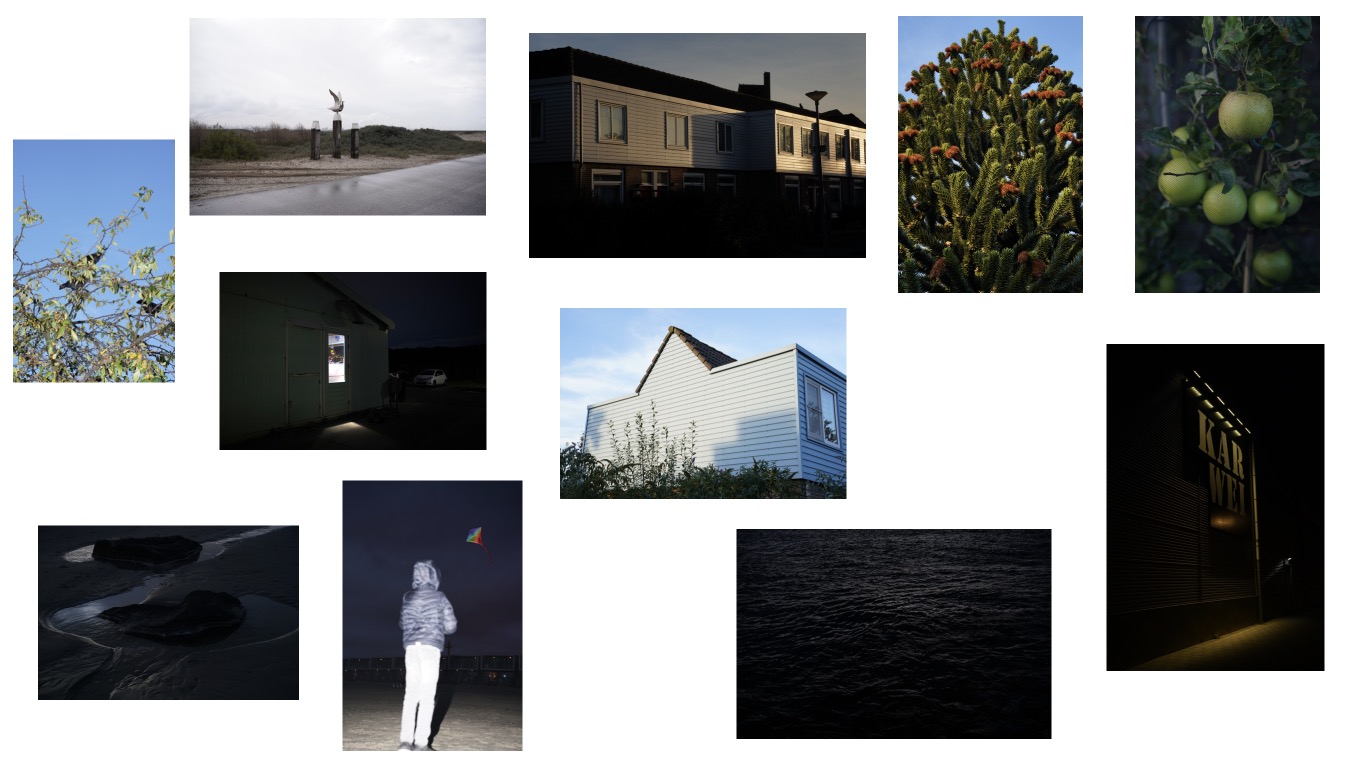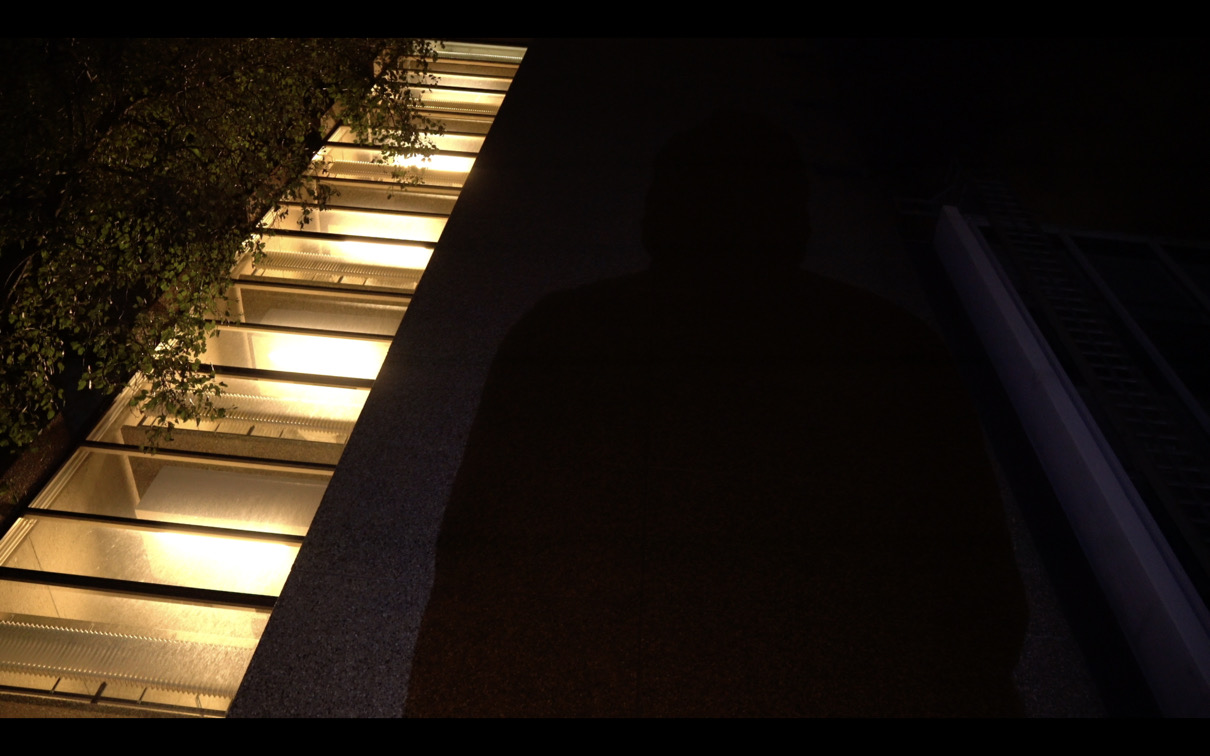Jingfeng text on practice 1st draft
Rotterdam Syndrome, Photography, 2023-
1.What have you been making?
This is my first practice project since I came to Rotterdam. When I was new to the city, I wanted to find my connection with it through visual exploration, and at the same time express some of my feelings about it during the process. The outcome is a collective of Photos, about Rotterdam city and its suburban places. I may have some personal perspective about this place, because I don’t have much experience living abroad, Rotterdam is the first foreign city I will live for a long time, I want to find some connection between it and myself, through my eyes and paces. Then maybe I can know myself and the city better, and the most important part, similar with my previous works, is to look at the gap of modernity here, and to express my perception about it through images.
2.How did you do it? (method)
This practice is partly based on my past experience on visual creation, as well as a combination of my new thoughts on photography, the style/method and the objects of shooting is not stable yet. And the first step for me was to get familiar with this city, hang around, find out if there is any interesting landscapes. Then I can decide whether to separate them into different projects.
3.Relation to previous practice?
Actually I mainly used my previous experience on visual practice, to see the objects I was shooting. But I also tried some new methods and thoughts on them, so the outcome is quite a hybrid of my previous and new understanding on photos.
Copper Dream, Film, 2024
1.What have you been making?
A short film, in which I want to blend fragments of my father's childhood intersecting with our country's contemporary history, and my personal situation in a new country. Through an approximation of a letter, different little corners across time and space are revealed as overlapping gestures from a private emotional connection.
2.How did you do it? (method)
I rewrote one story my dad has told me before into the monologue, as a clue to combine his childhood, with that special period of our society and my life abroad today. Instead of telling this story directly, I used it as a dream, as well as a window, by which I could blend the past and the present. The story in monologue is not real daily, but more metaphorical and atmospheric. And it costed me a lot of time to think about visualizing, finally I decided to take the images of my shadows on the buildings of streets. They are a symbol of my isolated situation as a foreigner, and also a ghost figure which is in between of the past and the present. The video phone call in the film is an entrance, as well as an exit of the dream scene.
3.Relation to previous practice?
This is about my first time to make video work, with timelines, sounds, voice-over, subtitles and so on. I felt I was liberated from some certain images, but got into a wider space with more dimensions. But my previous photo works were also mainly focusing on society situations, metaphors of images. For me the relation is quite deep and behind the surface, not only on the form.
Zoo, Photography, 2024-
1.What have you been making?
This is another one of my practices and explorations about landscapes. Usually, when visiting a zoo, our attention is focused on those animals. But this time, I noticed those moments when the animals are absent. When the animals are not there, what kind of landscape does the zoo become? Do those special designs gain a new context? What would we experience if we were to remove the animals as a subject of experience and place ourselves in these landscapes? This practice is in fact an extension of my exploration of the landscapes of human societies, which can provide me with more thoughts about "landscapes" and, in turn, help me to understand our situations in our own contexts.
2.How did you do it? (method)
I visited some zoos, and tried to look at the landscapes without animals, or some scenes I thought were related with animal/human’s life, then took a photo of it.
3.Relation to previous practice?
This series of photos is another chance for me to explore “landscapes”, and the knowledge behind the images. When the animals were absent, I felt something new growing from the photos, and they have some connections with the human society, as well as the situations of animals themselves. It’s not only showing a sympathy on animals in zoos, but also a reflecting about our conditions today. This is quite related with my previous visual practices, both on form and context.
Relation to a larger context
I want to explore the ways in which landscapes operate on a larger cultural scale. They may be born of different regions (developed or undeveloped), industries (industrial, agricultural, residential, etc.), and may interact with human or non-human groups in different ways. But today they are all inevitably very closely linked to human society, whether in the form of human presence or absence. By understanding these landscapes, it may be possible to gain a deeper awareness of the different slices of human society, so that we can understand the way humans themselves behave through historical and contemporary perspectives, and to guide our actions in the future.
References


